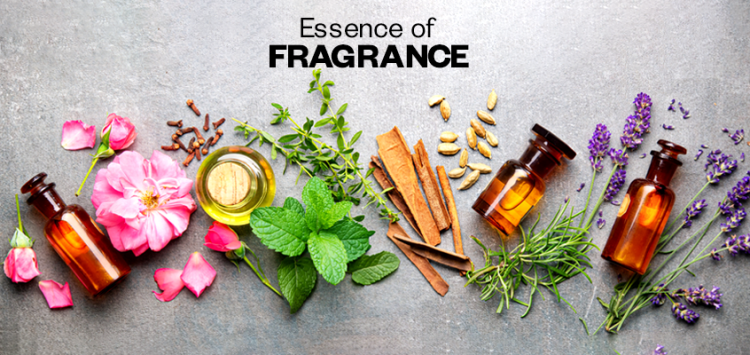
Fragrance is an invisible yet powerful force that can evoke emotions, trigger memories, and enhance our overall well-being. From the fresh scent of a blooming garden to the comforting aroma of a favorite meal, fragrances play a crucial role in our daily lives. This article delves into the fascinating world of fragrance, exploring its history, composition, and impact on our senses.
The History of Fragrance: The use of fragrance dates back thousands of years, with ancient civilizations recognizing its importance in rituals, medicine, and daily life. The Egyptians were among the first to use aromatic oils in religious ceremonies and embalming processes. The Greeks and Romans followed suit, incorporating fragrances into their bathing rituals and personal grooming.
In medieval Europe, the art of perfumery flourished, with the creation of elaborate scents that were reserved for the elite. The Renaissance period saw further advancements in perfumery, leading to the establishment of fragrance as a symbol of luxury and sophistication. Today, fragrance is accessible to everyone, enriching our lives in countless ways.
The Composition of Fragrance: Creating a fragrance is both an art and a science, requiring a deep understanding of chemistry and a keen sense of smell. A fragrance is typically composed of three layers of notes: top, middle (or heart), and base notes.
Top Notes: These are the initial scents that are perceived immediately upon application. They are usually light and volatile, lasting for a short period. Common top notes include citrus, fresh herbs, and light fruits.
Middle Notes: Also known as heart notes, these form the core of the fragrance and emerge after the top notes dissipate. They are more robust and longer-lasting, often consisting of floral, fruity, or spicy scents.
Base Notes: These are the foundation of the fragrance, providing depth and longevity. Base notes are typically rich and heavy, including aromas such as vanilla, musk, and woody elements.
Fragrance Families: Fragrances are categorized into different families based on their dominant characteristics. Some of the primary fragrance families include:
Floral: Comprising a variety of flowers such as rose, jasmine, and lily, floral fragrances are often romantic and feminine.
Citrus: Bright and invigorating, citrus fragrances feature notes of lemon, orange, and bergamot, offering a refreshing and uplifting scent.
Woody: Rich and earthy, woody fragrances include sandalwood, cedarwood, and patchouli, providing a warm and grounding aroma.
Oriental: Exotic and sensual, oriental fragrances blend spices, resins, and vanilla to create a deep, complex scent.
Fresh: Clean and airy, fresh fragrances encompass notes of green leaves, marine accords, and light fruits, evoking a sense of purity and vitality.
The Impact of Fragrance: Fragrance has a profound effect on our emotions and well-being. Aromatherapy, the practice of using essential oils and aromatic compounds for therapeutic purposes, leverages the power of scent to promote relaxation, reduce stress, and enhance mood.
For example, lavender is known for its calming properties, helping to alleviate anxiety and promote restful sleep. Peppermint, on the other hand, is invigorating and can boost mental clarity and focus. By choosing the right fragrances, we can create environments that support our emotional and physical health.
Choosing the Right Fragrance: Selecting a fragrance is a highly personal experience, influenced by individual preferences and the intended use. Here are some tips for choosing the perfect scent:
Consider the Occasion: Choose lighter, fresher scents for daytime or casual settings, and reserve richer, more intense fragrances for evening or special occasions.
Test on Skin: Fragrances can smell different on the skin compared to in the bottle. Apply a small amount to your wrist and let it develop over a few hours to see how it interacts with your body chemistry.
Layering: Enhance your fragrance experience by layering products from the same scent family, such as body lotion, shower gel, and perfume. This can help the scent last longer and create a more cohesive aroma.
Fragrance is an integral part of our lives, enriching our experiences and connecting us to our memories and emotions. By understanding the art and science behind fragrance, we can appreciate its complexity and choose scents that enhance our well-being and express our individuality.
At Venkatramna Industries, we are dedicated to crafting high-quality fragrances that captivate the senses and elevate everyday moments. Explore our diverse range of aromatic products and discover the perfect scent to complement your lifestyle.

|

|
Currently, there are no comment.
Login to comment